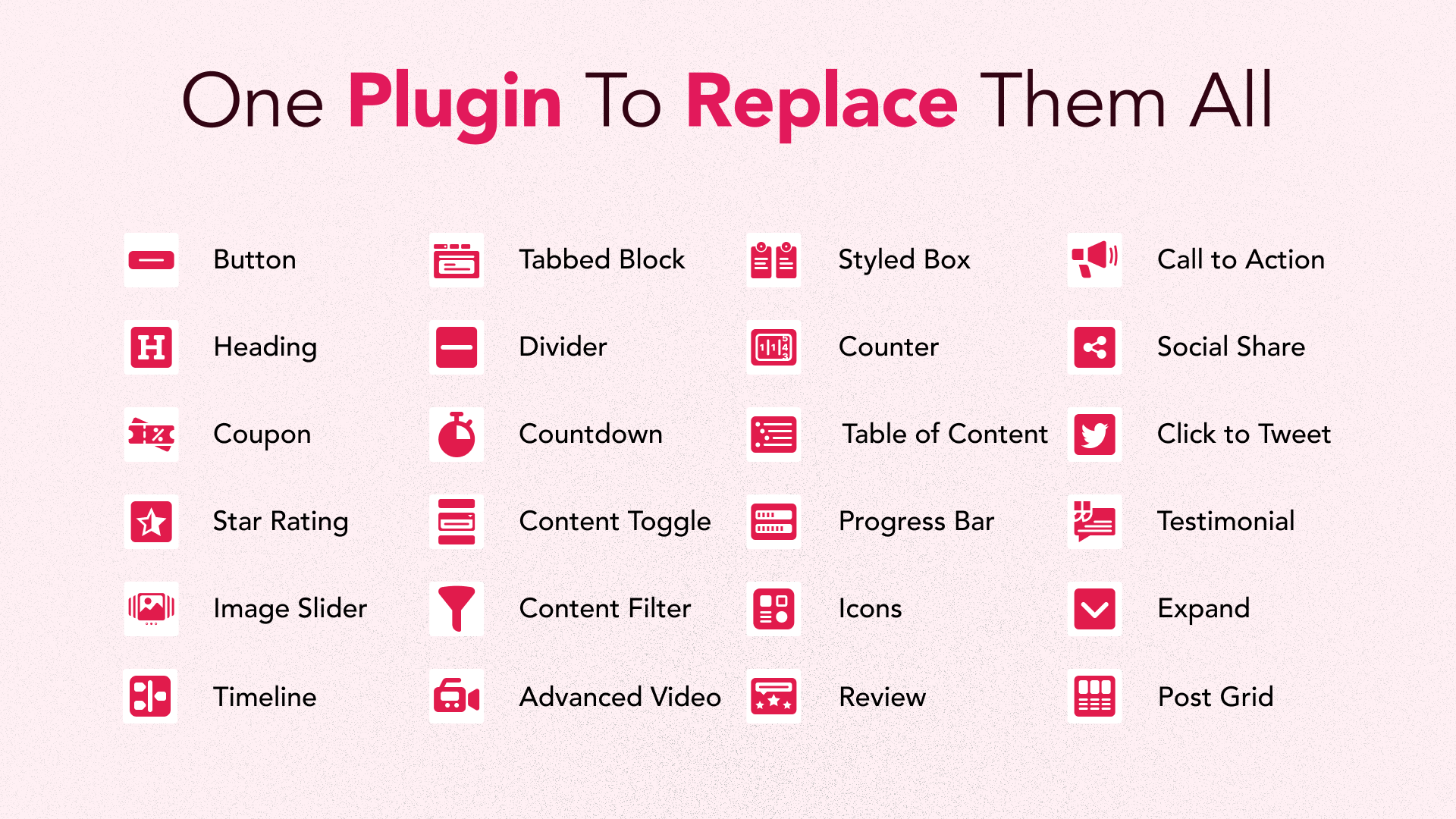
If you are thinking of creating an eCommerce website or learning eCommerce site development, you might have heard of WooCommerce minimum once. It’s one of the most popular solutions to create online stores without coding.
There are currently over 26 million (August 2023) eCommerce sites worldwide, of which 4.5 million are powered by WooCommerce alone. And it’s user base is constantly rising due to its intense popularity.
If you are curious about WooCommerce and want to know more about it, this article will provide a detailed analysis of the plugin. So, let’s dive into the discussion of what WooCommerce is.
What is WooCommerce?
WooCommerce is a powerful open-source eCommerce plugin for WordPress. It allows you to set up an online on WordPress and start selling products and services to the customers. You can easily integrate payment gateways, courier services, and other necessary extensions to make your site fully functional.
It enables you to add product pages, upload images, manage inventory, process payments, and track orders. However, WooCommerce gives you all the core requirements for building an eCommerce site.
You may need to use other themes, plugins, and addons to add additional functionality in addition to enhancing the beauty of the site. You’ll find a huge collection of all the necessary themes and plugins in the WordPress repository to make your site stand out.
A Brief History of WooCommerce
WooCommerce has brought a revolution for small and medium-sized enterprises in kicking off their journey to online business since inception. The plugin has constantly updated itself over time and is still doing why it has become more user-friendly.
WooCommerce was originally developed by WooThemes. Later, it was acquired by Automattic. Below we’ll describe a timeline of the plugin since its beginning to date so you get an idea about its history at a glance.
2007 – The cofounders of the plugin, Mark, Adii, and Magnus started talking about founding WooThemes.
2008 – Mark, Adii, and Magnus revealed the name WooThemes for the first time by registering the name @WooThemes on Twitter.
2010 – The WooTheme went live and was released on the platform Canvas.
2011 – The WooCommerce plugin was released along with the 100th theme.
2012 – WooCommerce was turned into a subscription-based plugin.
2014 – WooCommerce booking was launched, and the plugin hit 4 million downloads. The first-ever WooCommerce conference took place in San Francisco.
2015 – WooCommerce was acquired by Automattic, which maintains, develops, and owns the WordPress platform. Since then, Automattic has been developing and releasing all the necessary features for WooCommerce.
2018 – WordPress released the Gutenberg editor that made the eCommerce site editing and development super easy. And the development continues to date.
Key Features of WooCommerce Explained
WooCommerce is an extremely popular plugin due to its feature-richness. It’s quite impossible to talk about all the features of the plugin in a short article. So we’ll hand-pick some of the most standout features of the plugin and discuss them.
1. Easy Setup and Customization
WooCommerce offers you a user-friendly setup wizard right after you install and activate the plugin. It lets you customize various aspects of your store, like store design, color scheme, typography, product page, layout, product attributes, and more.
2. Comprehensive Product and Inventory Management
WooCommerce offers you easy ways to add new products to your store. You can add detailed information to your products, like product name, description, images, price, and SKU. You can also display the total number of products remaining in the stock.
3. Supports Wide Payment Gateways
WooCommerce is compatible with a wide collection of payment gateways. You can accept payment from customers through credit card, PayPal, Stripe, and other payment methods. This diversity can help you grab audiences worldwide.
4. Scal Up Functionalities
To properly functionate your online store, you will need to expand its functionalities. You’ll find many WooCommerce-compatible plugins online. Using them, you can easily integrate and upgrade marketing tools, analytics, customer support, shipping methods, and more.
5. Marketing and Promotion
The plugin comes with some built-in marketing and promotional features. You can create discount coupons, offer product bundles, set discount prices, cross-sell, upsell, and provide special offers to regular customers.
6. Shipping Options
WooCommerce has various shipping options. Flat-rate shipping, free shipping, domestic and international shipping, real-time shipping, split shipping, custom packaging, etc., are the most popular ones. You can choose the one you like according to your business model.
7. SEO and Mobile Responsiveness
The plugin is designed with SEO in mind. You can set SEO-friendly URLs, meta titles, meta descriptions, and optimize the product description with keywords. Plus, your site will work well on all devices, including tabs and mobile phones.
8. Scalability
Although WooCommerce is highly popular among small and medium-sized organizations, you can use it for large enterprises as well. You can handle over 10,000 products easily with the plugin, which is undoubtedly huge.
9. Customer Reviews and Ratings
Positive ratings and reviews are considered gold for any online business. WooCommerce has a built-in review and rating feature. You can allow customers to put reviews and ratings about your products and display them to the visitors.
Some Best eCommerce Stores Built with WooCommerce
You’ll find tons of eCommerce sites online built with WooCommerce. We’ll introduce you to some of the best of them so you can take inspiration. Please take a look at them below.
Porter and York

Barefoot Buttons

The Good Batch

Blue Star Coffee Roasters

Soashi

Final Words!
WooCommerce’s capabilities today aren’t limited to handling physical products only. You can manage digital, membership, virtual, variable, and affiliate products also with the plugin. There are many developer houses offering dropshipping and multivendor marketplace solutions based on WooCommerce.
You don’t need a live site to explore WooCommerce. You can create a free demo site on localhost or testwp.com to learn and explore the plugin in detail. Once you are confident enough, you can create a live site with it.

Leave a Reply